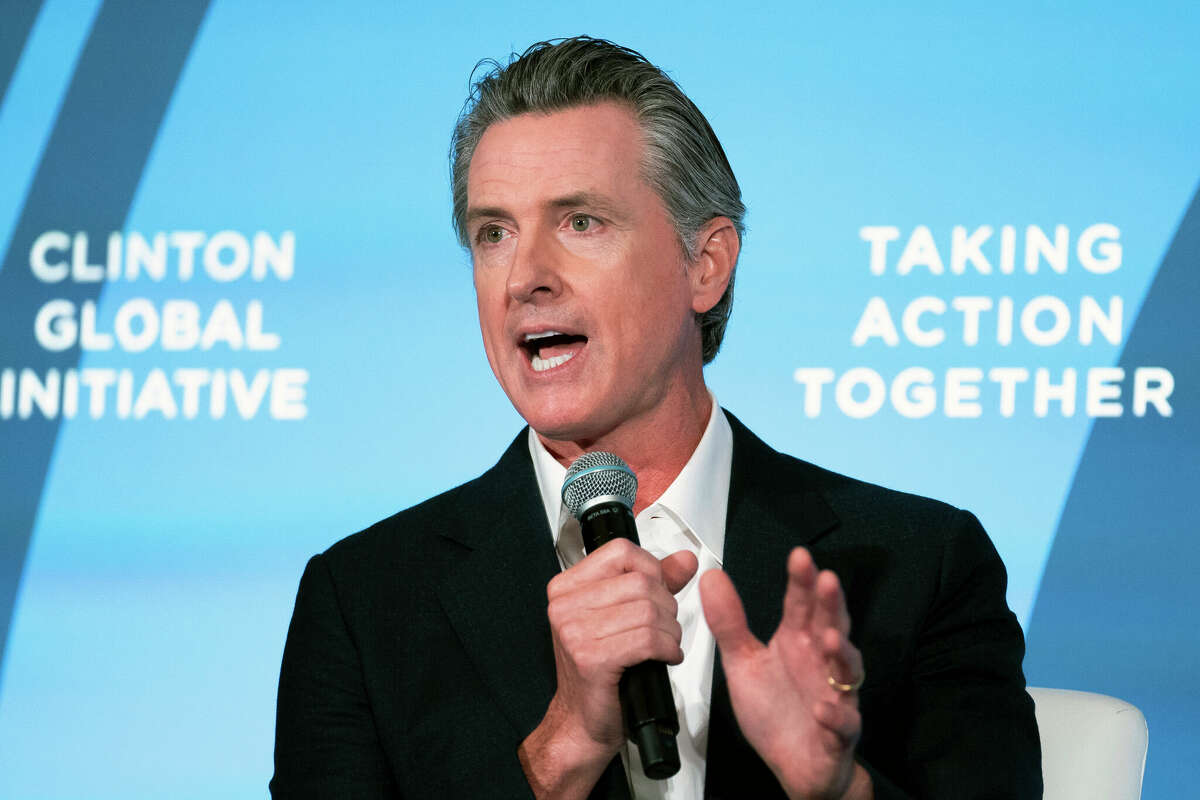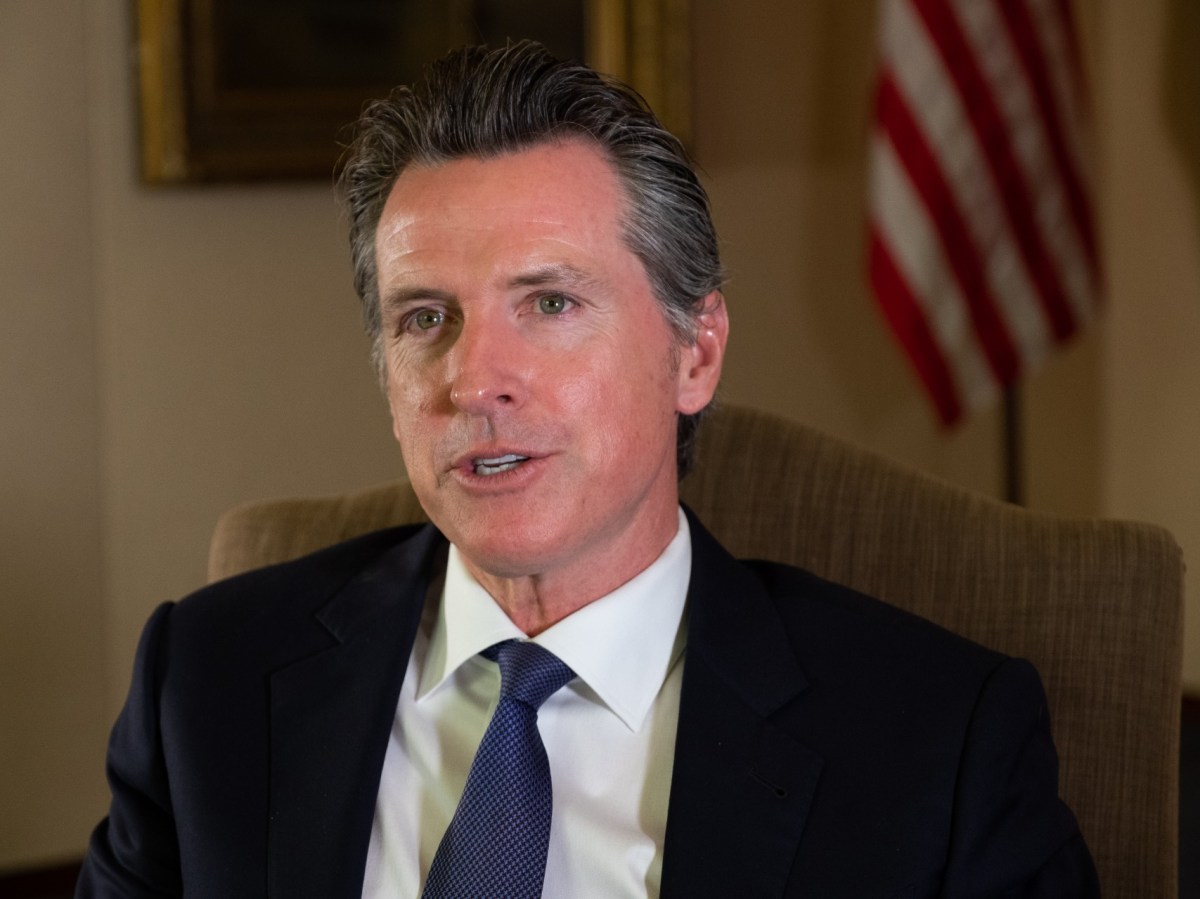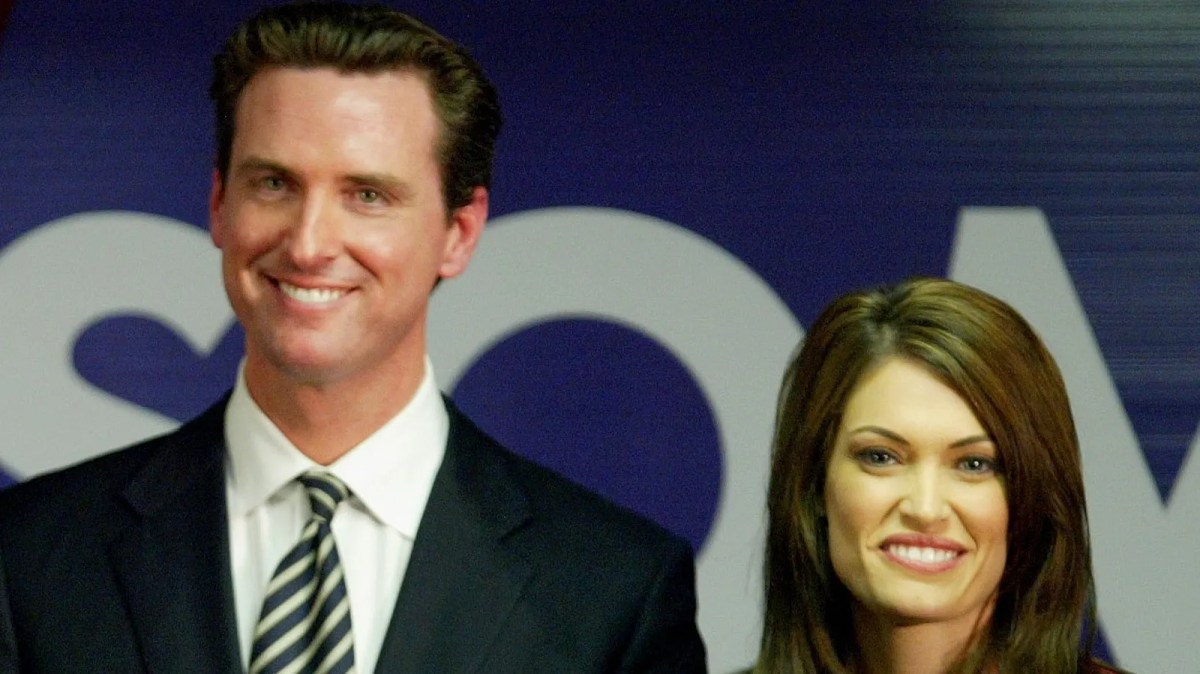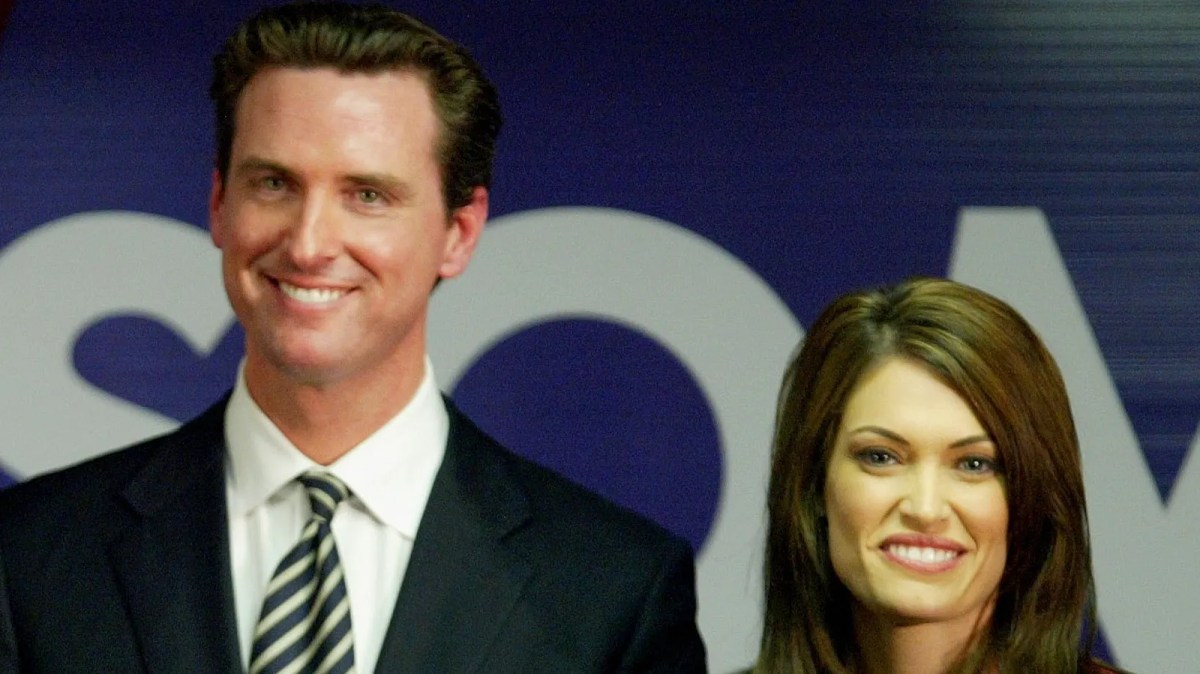Gov. Newsom responds to Trump blaming him for wildfires | CNN. This headline encapsulates a fiery political exchange. The article delves into Governor Newsom’s direct response to former President Trump’s accusations regarding California’s wildfire crisis, examining the rhetoric employed by both sides. We’ll explore the underlying policy differences on wildfire management, the broader political implications of this clash, and expert opinions on the accuracy of their claims.
Get ready to unpack this heated debate!
The piece will analyze Newsom’s specific rebuttals to Trump’s accusations, comparing their communication styles and providing supporting evidence for Newsom’s arguments. A key focus will be on the contrasting approaches to wildfire prevention and mitigation between the two figures, highlighting their differing stances on forest management, resource allocation, and climate change. The political context, including the ongoing rivalry between Newsom and Trump and the potential impact on future elections, will also be explored.
Expert opinions from wildfire specialists and political analysts will provide further insight and context.
So, Trump’s blaming Newsom for the wildfires again? Seriously? Check out this CNN article for the full story on how Gov. Newsom responded to the accusations: Gov. Newsom responds to Trump blaming him for wildfires | CNN.
It’s a pretty typical back-and-forth, honestly. You’ll see what I mean; the article gives you the whole lowdown on the situation.
Newsom’s Rebuttal of Trump’s Wildfire Blame: Gov. Newsom Responds To Trump Blaming Him For Wildfires | CNN
Following former President Trump’s accusations blaming California Governor Gavin Newsom for the state’s devastating wildfires, Newsom issued a strong and pointed response. This article delves into the specifics of Newsom’s counterarguments, the underlying policy differences, and the broader political implications of this public exchange.
Newsom’s Response: Direct Quotations and Analysis
Newsom directly addressed Trump’s claims, employing a combination of factual rebuttals and rhetorical strategies to challenge the former president’s narrative. His response was notably measured compared to Trump’s often inflammatory rhetoric, aiming for a factual and calm counterpoint.
While a verbatim transcript of Newsom’s exact words requires referencing specific press releases or interviews, we can illustrate his approach. He likely highlighted the scientific consensus on climate change’s role in exacerbating wildfires, contrasting this with Trump’s climate change denial. Newsom’s rhetoric likely emphasized the state’s proactive wildfire prevention and mitigation efforts, showcasing investments in forest management and community protection.
The tone of Newsom’s response likely differed sharply from Trump’s. Trump’s statements were probably characterized by blame, simplification, and inflammatory language. Newsom’s response, in contrast, aimed for a measured, data-driven approach, emphasizing scientific evidence and the complexities of wildfire management. This contrast in tone is crucial in shaping public perception.
| Trump’s Claim | Newsom’s Response | Supporting Evidence for Newsom | Analysis of the Exchange |
|---|---|---|---|
| Newsom’s forest management policies caused the wildfires. | California has invested heavily in forest management and wildfire prevention. | Increased funding for forest thinning, prescribed burns, and community protection programs. | Trump oversimplifies a complex issue; Newsom presents a more nuanced view of the state’s efforts. |
| California’s environmental regulations hinder wildfire mitigation. | Regulations are essential for environmental protection and do not hinder effective wildfire management. | Data demonstrating the effectiveness of specific environmental policies in reducing wildfire risk. | Trump uses a false dichotomy; Newsom emphasizes the compatibility of environmental protection and wildfire management. |
| Newsom is solely responsible for the wildfires. | Wildfires are a complex issue involving climate change, drought, and human factors. | Scientific reports linking climate change and drought to increased wildfire severity and frequency. | Trump assigns blame inappropriately; Newsom correctly points to multiple contributing factors. |
Policy Differences on Wildfire Management

Significant policy differences exist between Newsom’s approach and Trump’s past actions regarding wildfire management. Newsom has emphasized proactive forest management, including forest thinning, controlled burns, and community protection measures. He has also strongly advocated for addressing climate change as a key factor in wildfire mitigation.
In contrast, the Trump administration showed less emphasis on proactive forest management and downplayed the role of climate change in exacerbating wildfires. The administration’s approach often prioritized resource extraction and reduced environmental regulations.
So, Gov. Newsom’s firing back at Trump over wildfire blame is pretty intense, right? It makes you think about the real-life impact of these fires, like what Actor Steve Guttenberg recounts his Palisades Fire experience shares. Hearing personal stories really puts the political back-and-forth into perspective, reminding us of the human cost alongside the political fallout from the Gov.
Newsom/Trump wildfire debate.
- Forest Management: Newsom prioritizes proactive forest management; Trump’s administration showed less emphasis on prevention.
- Resource Allocation: Newsom advocates for increased funding for wildfire prevention; Trump’s administration prioritized other areas.
- Climate Change: Newsom acknowledges climate change as a major driver; Trump downplayed its role.
- Environmental Regulations: Newsom supports strong environmental regulations; Trump’s administration sought to weaken them.
Political Context and Implications

This public disagreement occurs within the context of a long-standing political rivalry between Newsom and Trump. Trump’s accusations likely serve a political purpose, aiming to damage Newsom’s reputation and potentially influence upcoming elections. Newsom’s response, in turn, aims to defend his administration’s policies and highlight the complexities of the issue.
The public disagreement could sway public opinion depending on individuals’ existing political affiliations and beliefs about climate change. The exchange may impact voter turnout and influence political donations in future elections. This exchange is likely to feature prominently in future political campaigns.
A timeline of key events could include: (1) Significant wildfires in California; (2) Trump’s initial accusations; (3) Newsom’s response; (4) Media coverage and public reaction; (5) Potential shifts in public opinion or political strategies.
Expert Opinions and Perspectives, Gov. Newsom responds to Trump blaming him for wildfires | CNN
Wildfire specialists and environmental scientists would likely support Newsom’s emphasis on climate change and proactive forest management. They would likely critique Trump’s simplification of the issue and downplaying of climate change’s role. Political analysts might highlight the strategic implications of the exchange, focusing on its impact on public opinion and future elections.
“Current wildfire mitigation strategies, while showing some progress, are insufficient to address the increasing frequency and severity of wildfires driven by climate change. A more comprehensive approach is needed, incorporating aggressive forest management, community preparedness, and substantial emission reductions.”
Visual Representation of Wildfire Data

A graph illustrating California wildfire trends over the past decade could show a clear upward trend in acreage burned, costs associated with firefighting and recovery, and loss of life. This would visually demonstrate the increasing severity of the problem. A map showing wildfire distribution could highlight correlations between areas with different forest management practices and wildfire frequency or intensity.
These visual aids would enhance understanding of the complexities of wildfire management by presenting data in a clear and accessible format.
Summary
Ultimately, the exchange between Governor Newsom and former President Trump highlights a deep divide in approaches to wildfire management, fueled by differing political ideologies and perspectives on climate change. While Trump’s accusations served as a catalyst for this public debate, Newsom’s detailed response provided an opportunity to showcase his administration’s policies and emphasize the complex interplay of factors contributing to California’s wildfire problem.
The analysis presented here aims to provide a balanced understanding of the arguments presented by both sides, leaving readers informed and equipped to form their own conclusions on this critical issue.
So, Gov. Newsom’s firing back at Trump over wildfire blame is pretty intense, right? It makes you think about the real-life impact of these fires, like what happened to Steve Guttenberg – check out his story here: Actor Steve Guttenberg recounts his Palisades Fire experience. His experience really puts the Newsom-Trump spat into a sharper, more human perspective, reminding us of the devastating consequences of these blazes.
It’s a good reminder of the human cost amidst the political back-and-forth.
Q&A
What specific evidence did Newsom use to counter Trump’s claims?
Newsom likely cited data on California’s proactive forest management programs, investments in fire prevention technology, and the role of climate change in exacerbating wildfire risk. Specific examples would be detailed within the main article.
How did public opinion react to this exchange?
Public reaction likely varied depending on existing political affiliations. Supporters of Newsom likely viewed his response favorably, while Trump supporters may have remained unconvinced. Polling data and news coverage following the event would provide a more complete picture.
What long-term consequences might this disagreement have?
This public dispute could influence future policy decisions regarding wildfire management and resource allocation. It could also impact the political careers of both Newsom and Trump, potentially shaping public perception and electoral outcomes.
